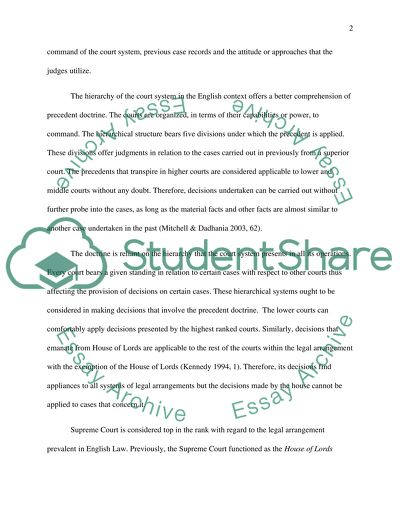Cite this document
(“The Ddoctrine of Judicial Precedent depends on the Hierarchy of the Essay”, n.d.)
Retrieved from https://studentshare.org/law/1445644--the-doctrine-of-judicial-precedent-depends-on-the
Retrieved from https://studentshare.org/law/1445644--the-doctrine-of-judicial-precedent-depends-on-the
(The Ddoctrine of Judicial Precedent Depends on the Hierarchy of the Essay)
https://studentshare.org/law/1445644--the-doctrine-of-judicial-precedent-depends-on-the.
https://studentshare.org/law/1445644--the-doctrine-of-judicial-precedent-depends-on-the.
“The Ddoctrine of Judicial Precedent Depends on the Hierarchy of the Essay”, n.d. https://studentshare.org/law/1445644--the-doctrine-of-judicial-precedent-depends-on-the.


